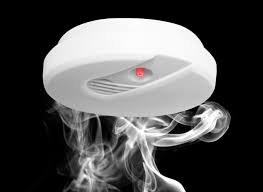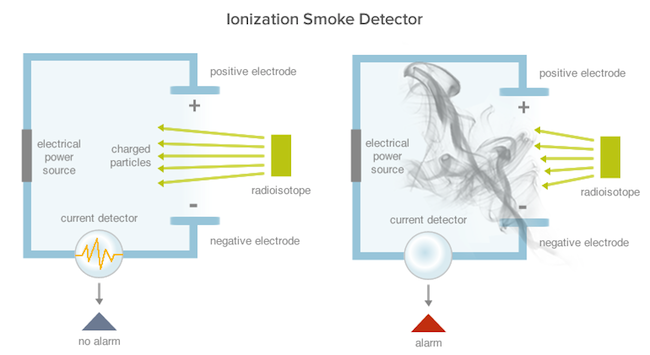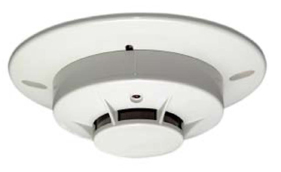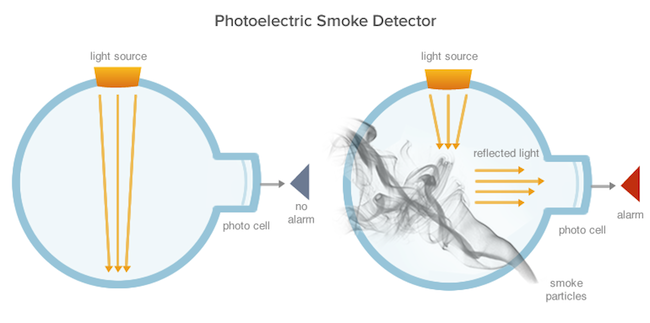Conclusion
Some studies have shown that ionization smoke alarms may be more prone to nuisance alarms, such as those that occur due to cooking. Consumers may reduce that potential by placing ionization smoke alarms at least 20 feet from appliances, or by installing a photoelectric alarm near a cooking area. Most smoking-material fires, which tend to smolder, begin in a den, family room, living room or a bedroom. Families with members who smoke may consider installing photoelectric alarms or dual sensor alarms in those areas.







